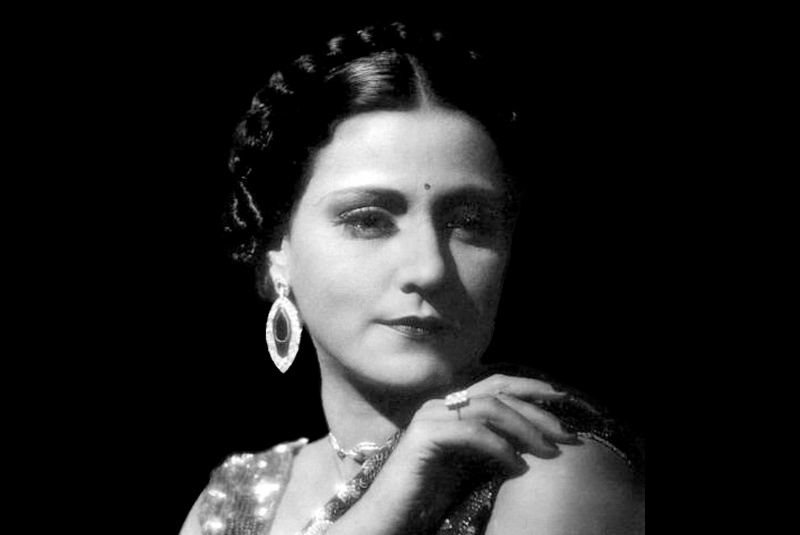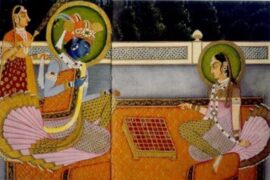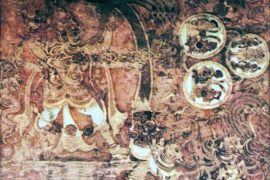In the 1920s, Indian films had to feature men dressed as women. It was a time when performing was seen as an unseemly activity for women.
But there was one community that was free from the cultural restrictions that barred many Indian women from the silver screen – the Indian-Jews. From behind the camera to being in front of it, they’ve left an indelible mark on the history of Indian cinema. But you would be hard-pressed to point them out from the credits – as they often adopted Hindu, Muslim or Christian stage names to blend in with the industry.
India’s first female superstar was Ruby Myers A.K.A. Sulochana. She worked as a telephone operator when director Mohan Bhavnani of Kohinoor Films first discovered her. Despite his repeated pleas, she showed no interest in cinema – it being a less-enticing career option at the time. She agreed when he offered her a leading role, in Veer Bala (1925). Her third film, Wildcats of Bombay (1927) saw her take on eight roles – from policeman, to gardener to even that of a Hyderabadi gentleman! She later switched to the studio Imperial films.
She was not demure, as would be expected from a newcomer to a new medium. Her roles were often bold, depicting the ‘modern’ woman. But the times were changing, and women began to make their mark on the movies. In 1930, hers might have been the first kiss in Indian cinema – in the film Hamara Hindustan.
-30-
Copyright©Madras Courier, All Rights Reserved. You may share using our article tools. Please don't cut articles from madrascourier.com and redistribute by email, post to the web, mobile phone or social media.Please send in your feed back and comments to [email protected]











